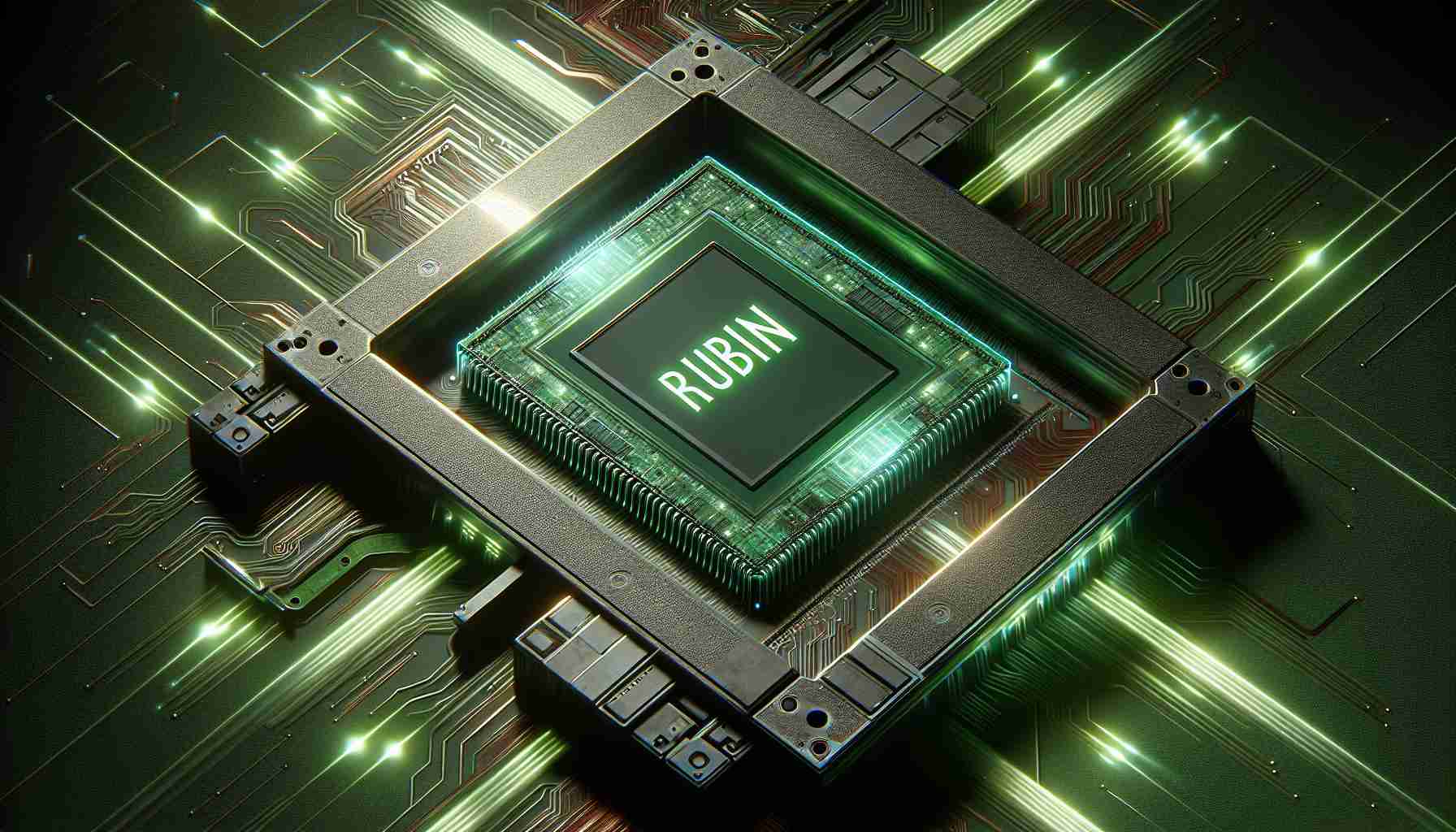Leading Edge AI Chip Technology
Nvidia, a powerhouse in the development of artificial intelligence (AI) technology, has taken a bold step forward with the unveiling of its cutting-edge AI chip architecture called “Rubin.” The announcement came from Jensen Huang, Nvidia’s CEO, just before the COMPUTEX tech conference held in Taipei. This latest innovation is set to succeed the previous model, introduced only a few months prior in March.
Annual Model Updates
Following its March announcement detailing the upcoming “Blackwell” model—still in production and scheduled for delivery to customers in late 2024—Rubin represents a quick transition, reflecting Nvidia’s commitment to an “annual rhythm” of releasing new AI chip models. This is a notable shift from the company’s past update schedule, which was typically biennial.
Competitive Market Dynamics
The transition from Blackwell to Rubin, within less than three months, underscores the competitive frenzy within the AI chip market and Nvidia’s sprint to maintain its dominant position. Competitors like AMD and Intel are eager to gain ground, although their profit margins have been lower in comparison to Nvidia’s in the most recent fiscal quarter. Major tech companies like Microsoft, Google, and Amazon are also in the fray for the leading spot, even as they remain some of Nvidia’s largest supporters. In addition, a surge of startups is striving to carve out a presence in this rapidly evolving industry.
Technological Advancements and Market Impact
Huang expressed that they are on the verge of significant changes in computing, with AI innovations and computational acceleration pushing the boundaries of what is possible, propelling the next wave of tech progress. The Rubin platform will feature new GPUs—essential for training and running AI systems—and will include other remarkable components such as a central processing unit named “Vera,” although further details were scant.
At the close of market on the previous Friday, Nvidia’s shares remained relatively stable, with stocks trading at $1,096. This news is another testament to Nvidia’s relentless pursuit of advancement in the AI space, which continues to excite investors and technology enthusiasts alike.
Importance of AI Chip Innovations
Nvidia’s introduction of the Rubin architecture represents the company’s ongoing efforts to stay at the forefront of AI technology. High-performance AI chips are essential for powering complex algorithms in various applications, such as autonomous vehicles, data centers, robotics, and medical diagnostics.
Key Questions and Answers:
– What is the significance of Nvidia’s rapid update cycle? Nvidia’s move to an annual release cycle for new AI chip models demonstrates its commitment to leading the industry in innovation and staying ahead of the competition.
– How does “Rubin” compare to the preceding architectures? While specific comparisons to previous architectures like Blackwell are not provided in the article, Rubin is expected to advance the technology with improvements in speed, efficiency, and capabilities for AI processing.
Key Challenges and Controversies:
– Competitive Pressure: Nvidia faces fierce competition from both established tech giants and emerging startups, with each company seeking to capture a significant share of the lucrative AI chip market.
– Technical Innovation vs. Market Readiness: As AI technologies advance rapidly, there can be a challenge in ensuring that the market can adapt and fully utilize the innovations.
Advantages:
– Rubin architecture may bring enhanced processing capabilities for AI, leading to more efficient and powerful machine learning models.
– Rapid innovation cycles can drive technological progress and provide customers with more advanced options sooner.
Disadvantages:
– Frequent updates may result in customers holding off on investments as they anticipate the launch of newer models.
– Development and production costs could increase as a result of the expedited innovation timeline, potentially affecting profitability and pricing.
Related Links:
For more information on Nvidia and the latest developments regarding AI and machine learning technologies, you can visit Nvidia’s official website. Please ensure the link is correct and valid before using it.
The source of the article is from the blog bitperfect.pe

